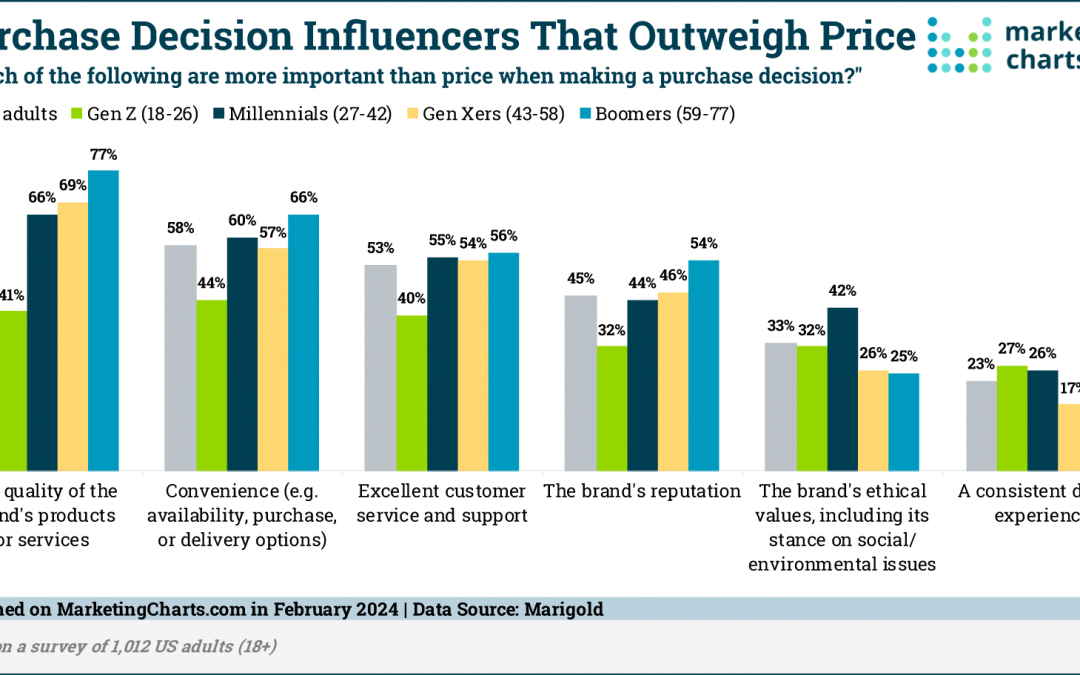
A Lesson on Advertising from Preachers and Teachers
For the month of May I’m sharing recent articles from my weekly Sound ADvice Newsletter. It’s free just for the asking and if you want to be added, drop me a note to Scott@ WOWO.com.
The goal of every preacher and teacher is to grab the attention of the people they are speaking to and make sure that they not only hear the message but also understand and retain the message.
So, what can preachers and teachers teach advertisers about advertising? The answer is a lot, if you pay attention to the formula preachers and teachers use to get their message across and make it stick!
Going back to the very early 1900s, though not taking credit for it, religious figure J. H. Jowett explained the process of preparing sermons, speaking to the crowd, and how to make sure the lesson was not only taught but understood. He said the three-part formula to help prepare sermons so the layperson could understand was this:
1. Tell them what you are going to tell them.
2. Then tell them.
3. Then tell them what you told them.
Modern-day teachers have been taught and still use this same method. They know that if their students do not get the message in this fashion, three times in a seven-day window, they won’t retain what they’ve learned and will probably fail the test.
Research has proven that your advertising must follow a similar formula. If you want your customers and prospects to retain and remember your advertising message, they must hear your message three times in any given seven-day window. In advertising, this formula is known as “a frequency of three” and it’s one of the 6 Steps to Ads That Stick.
If you think about it, advertising really is a little bit of preaching and a little bit of teaching! Use this formula and your ads will have a better chance of sticking in the listener’s mind.





